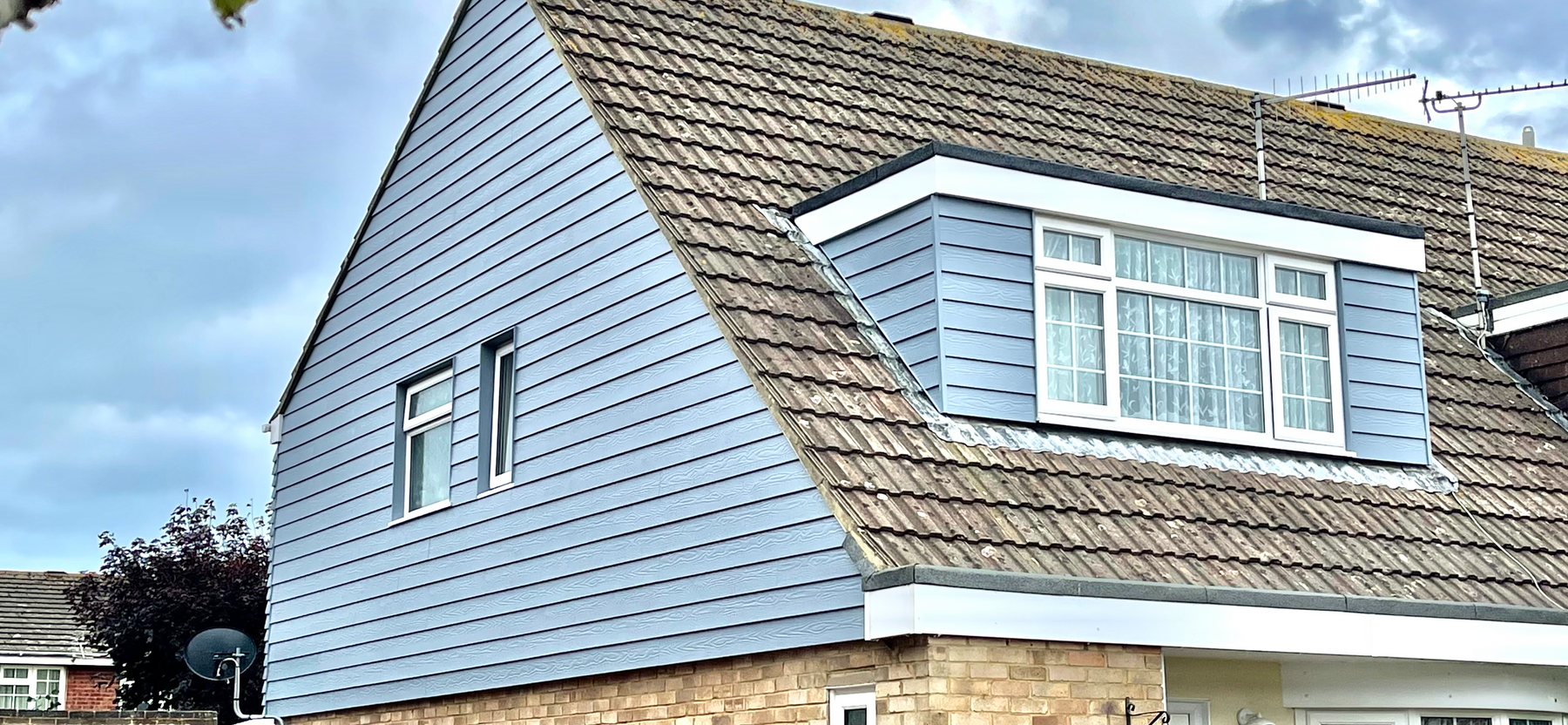
Can cladding my house save on energy bills?
With energy costs soaring, many of my customers are now choosing to add thermal insulation under their new cladding.
This makes complete sense. Even on its own, cladding reduces heat loss. But adding an extra layer of insulating material is like giving your house a full set of thermal underwear!
And customers can quickly recover the additional cost. Given that most weatherboard cladding lasts decades, each year customers can building up savings on energy bills.
The other major plus is that this can also help lower greenhouse gas emissions due to reduced energy consumption.
It is important to consider the type of cladding material and installation method to ensure maximum benefit.
If you’re looking to explain the insulating benefits of cladding to your customer, here are some facts and figures that will help you explain why it might make sense for them and some info on how we typically add a layer of extra insulation on our jobs.
How does cladding save on energy costs?
Cladding a house can provide four main energy cost-saving benefits:
- Improved insulation: Cladding can act as an additional layer of insulation, which can help to reduce heat loss through the walls. This can result in a reduction in energy consumption required to heat the house.
- Reduced thermal bridging: Thermal bridging occurs when heat is conducted through a material that is more conductive than the insulation around it. Cladding can help to reduce thermal bridging, resulting in a more efficient use of energy.
- Increased thermal mass: Some cladding materials and most insulating boards have high thermal mass. This means they can absorb and store heat during the day and release it at night, helping to regulate the temperature of the house.
- Protection against the elements: Cladding acts as a barrier against wind and rain, reducing the amount of moisture that can enter the house. This can help prevent dampness, which can lead to higher energy consumption required for heating.
How much money can customers save?
There have been some useful studies done to help to illustrate the potential cost savings of cladding a house. Here are a few examples:
According to the UK government's Energy Saving Trust, solid wall insulation (which can include cladding) can save a typical semi-detached house around £255 per year on energy bills, while for a detached house, the savings could be as much as £455 per year.
A study by the Australian government found that cladding a house with insulated vinyl siding could save homeowners up to 15% on their heating and cooling costs.
A study by the Building Research Establishment (BRE) in the UK found that adding external wall insulation (which can include cladding) to a non-traditional 'hard to treat' house could save up to £460 per year on energy bills.
Another study by the BRE found that cladding a timber-framed house with insulated render could reduce heating bills by up to 25%.
Of course, the actual cost savings will depend on a number of factors, such as the type of cladding used, the size of the house, and the local climate. However, these statistics suggest that cladding can be a cost-effective way to improve the energy efficiency of a house and save money on energy bills in the long run.
What kind of insulating material should I use?
There are many different options on the market and most of them are easily fitted.
It simply involves fixing a layer of insulation material to the wall, then covering it with cladding.
We start with 38mm x 38mm batons and then add 25mm Celotex TB4025 insulation boards.
They come in 1200 x 2400mm sheets which we cut down the middle to create a 600mm x 2400mm sheet that we can place in between the batons, whilst leaving a 12mm ventilation gap.
So there you go. Hopefully I’ve convinced you that cladding can be an effective way to improve the energy efficiency of a house and reduce energy costs over time.
Cladding: Better. Faster. Cheaper. Job done.
